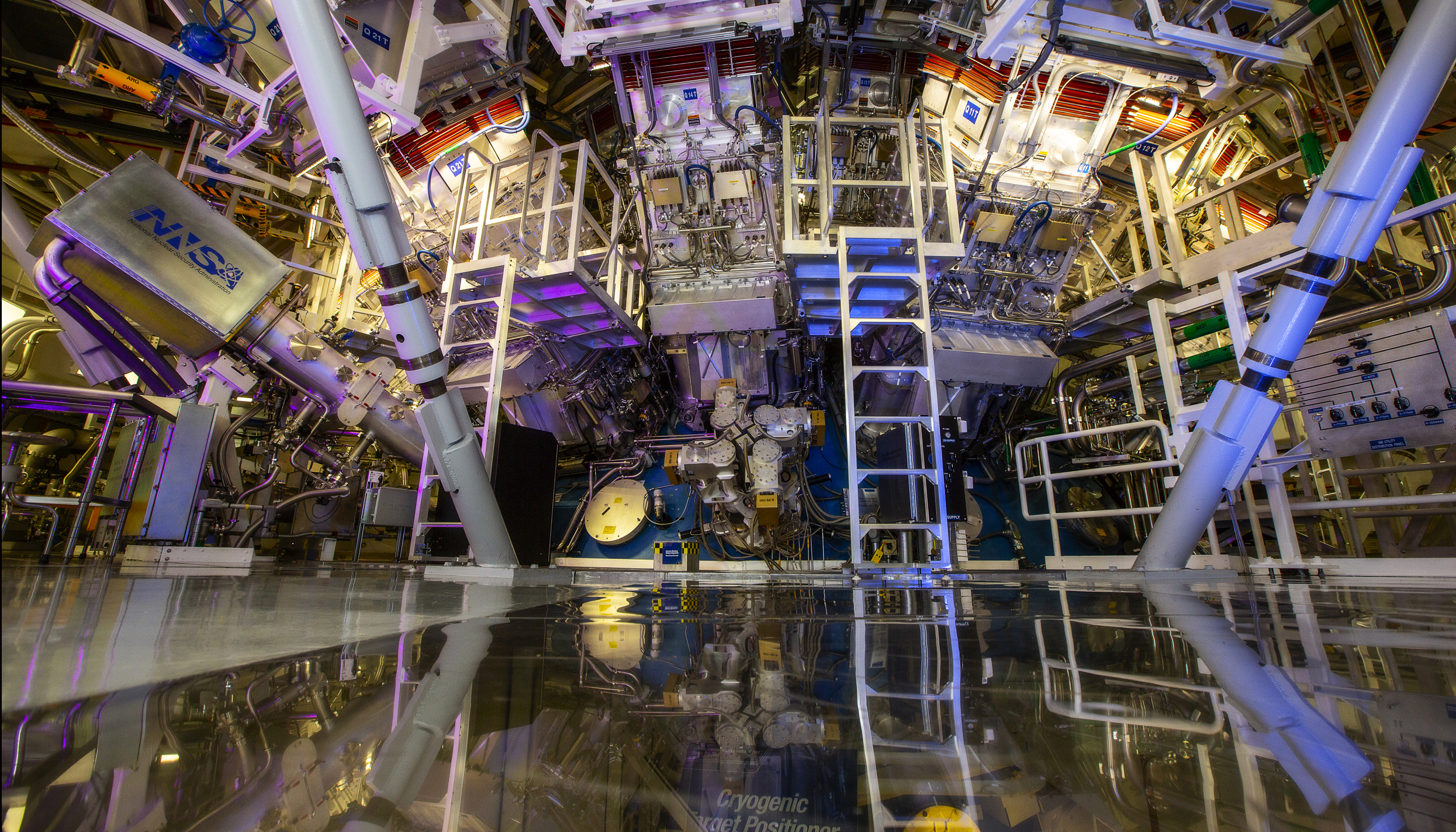
It’s an old joke that whatever the decade of the publication, fusion has always been “about 20 years away”. Yet despite five decades of effort, no fusion plant can yet produce more energy than it takes to start the reaction. Now, Scientists at Lawrence Livermore National Laboratory may have achieved a remarkable new high point for fusion reactions, generating even more energy than was pumped in during a recent experiment.
A major announcement is scheduled to take place at LLNL on Tuesday, Dec. 13. It’s expected to be live-streamed by the Department of Energy at approximately 7 a.m. PT. The experiment took place in recent weeks at the government-funded Lawrence Livermore National Laboratory in California, where researchers used a process known as inertial confinement fusion.
The test involved bombarding a pellet of hydrogen plasma with the world’s largest and most powerful laser to trigger a nuclear fusion reaction, the same process which takes place in the sun. The researchers were able to produce 2.5 megajoules of energy, 120 percent of the 2.1 megajoules used to power the experiment.
The laboratory confirmed via the Financial Times that it had recently conducted a “successful” experiment at the National Ignition Facility but declined to comment further, citing the preliminary nature of the data.
If the FT report and chatter on social media is correct, scientists at LLNL could have achieved “fusion energy gain” which is denoted by the letter Q. In a fusion experiment, if Q > 1, then we’re on our way to a bona fide energy breakthrough, one that scientists have long been dreaming of reaching.
The result certainly won’t mean that we suddenly have an endless supply of energy. The reaction that took place at NIF lasted for just a fraction of a second or even less. But this is the first step in a journey toward fusion energy as a viable, serious technology to power our world.
UPDATED:
On announcing the breakthrough Dr. Marvin Adams deputy administrator for defense programs at the US National Nuclear Security Administration said that the laboratory’s lasers had input 2.05 megajoules (MJ) of energy to the target, which had then produced 3.15 MJ of fusion energy output.
LLNL director Dr Kim Budil said:
“This is a historic achievement… over the past 60 years thousands of people have contributed to this endeavor and it took real vision to get us here.”
On the question of how long before we could see fusion being used in power stations, Dr Budil, the LLNL director, said there were still significant hurdles but that:
“with concerted efforts and investment, a few decades of research on the underlying technologies could put us in a position to build a power plant”.
The experiment was only able to produce enough energy to boil about 15-20 kettles and required billions of dollars of investment. And although the experiment got more energy out than the laser put in, this did not include the energy needed to make the lasers work – which was far greater that the amount of energy the hydrogen produced.

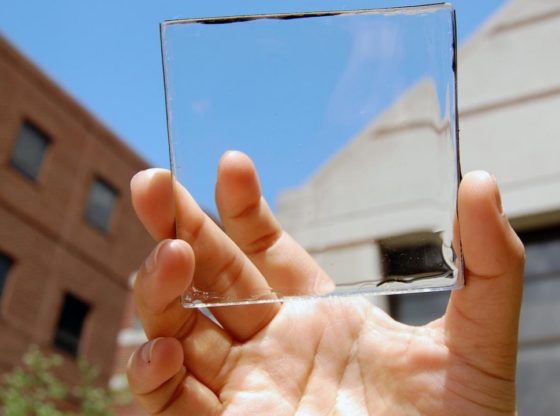

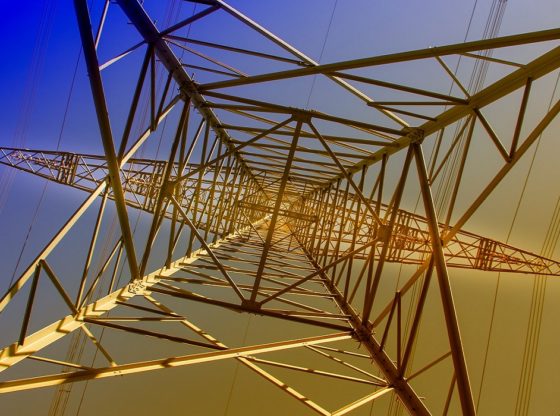
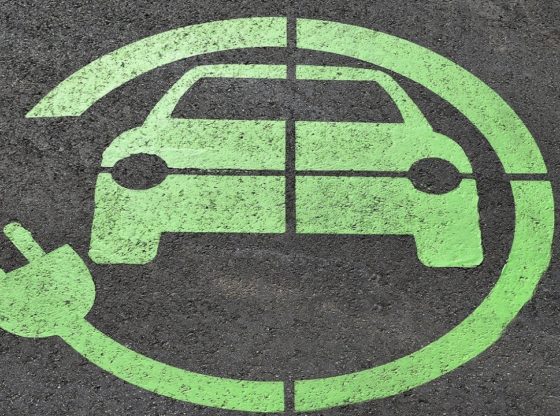

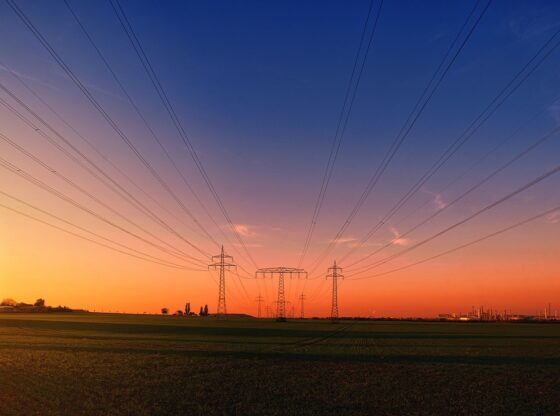
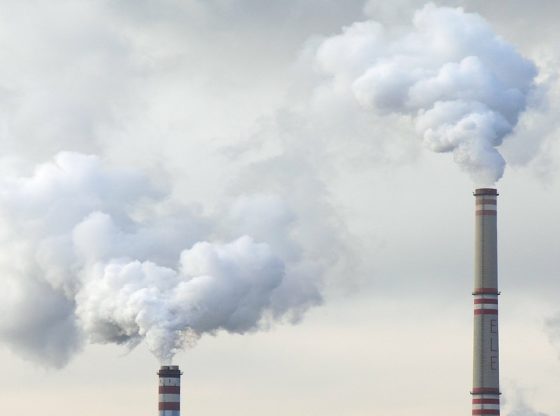
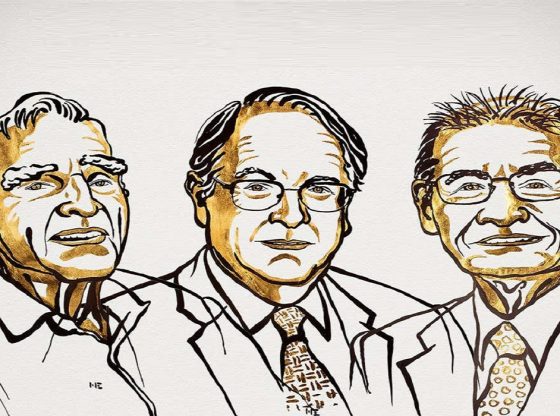
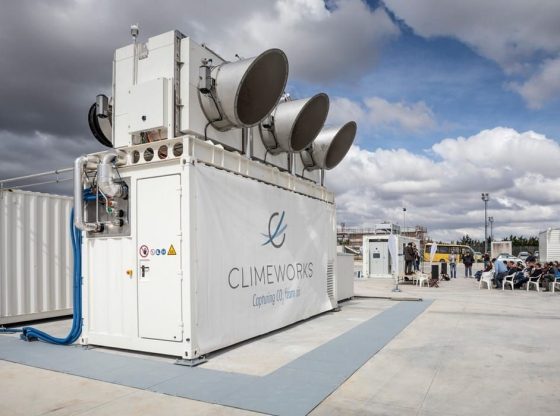
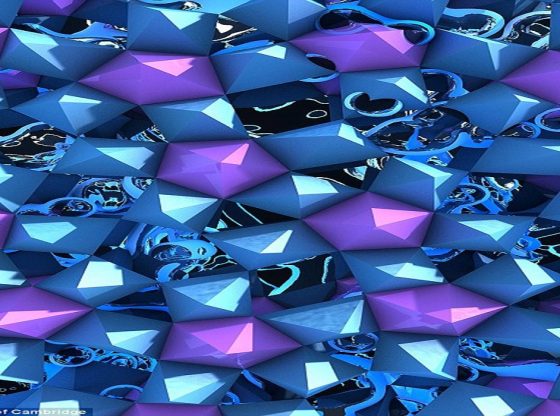
![OpenAI. (2025). ChatGPT [Large language model]. https://chatgpt.com](https://www.illustratedcuriosity.com/files/media/55136/b1b0b614-5b72-486c-901d-ff244549d67a-350x260.webp)
![OpenAI. (2025). ChatGPT [Large language model]. https://chatgpt.com](https://www.illustratedcuriosity.com/files/media/55124/79bc18fa-f616-4951-856f-cc724ad5d497-350x260.webp)
![OpenAI. (2025). ChatGPT [Large language model]. https://chatgpt.com](https://www.illustratedcuriosity.com/files/media/55099/2638a982-b4de-4913-8a1c-1479df352bf3-350x260.webp)








